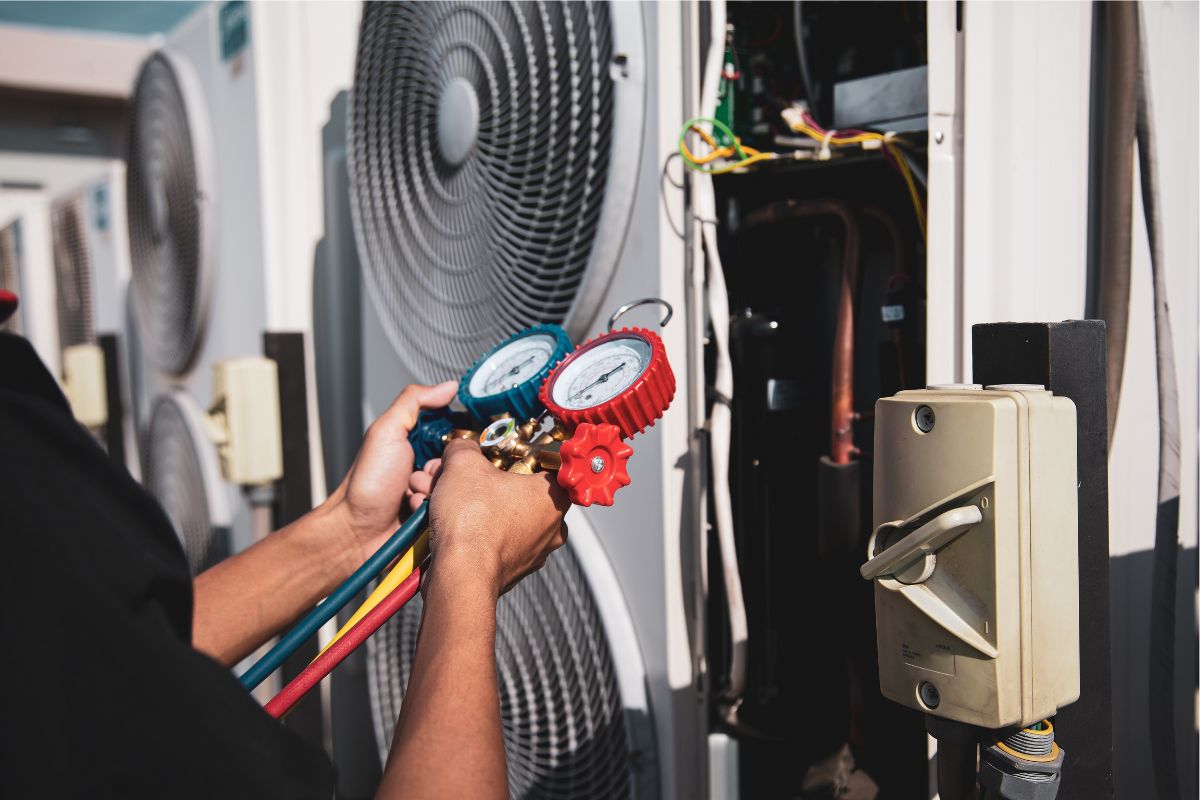Heat Pump Sales Volume By Country By 2020 As we have written previously, the Federal Renewable Energy Tax Credit for geothermal HVAC systems has sunset (as of 12/31/16). The 30% Federal Tax Credit for residential and 10% for commercial systems is now part of history, unless a Republican Congress and Executive branch happens to see the green light, which is obviously doubtful. In essence, this makes geothermal HVAC installations no longer economically viable for short term life cycle costs versus fossil fuels. Consumers have short memories and tend to be cost driven rather than conscience driven. It is therefor a likelihood that the US geothermal market will take a nosedive in the first quarter of 2017. The question is, what form of HVAC will benefit from this geothermal market downturn? Locally, The New York/Long Island Metropolitan market is still primarily oil based and there are many suburban areas with no access to natural gas. So what is the next best alternative for someone who no longer wants a buried oil tank acting as an environmental Sword of Damocles?
Variable Refrigerant heat pumps and ductless heat pumps are poised as the next best alternative to geothermal to replace fossil fuel heating systems. Although they do not qualify for federal incentives, they do qualify for rebate programs available from NYSERDA, Con-Edison and PSEG. They have been proven to provide consistent heating down to sub-zero temperatures. They have also proven to be one of the most maintenance free of all available alternatives. Consumers want a reliable, low cost heating and air conditioning system. Although the initial installation cost of these systems is higher than a standard cooling only system, the gap is closing between VRF and combined forced-air heating and cooling systems.
The only thing that could derail market penetration of VRF at this point is if a new government decided to significantly increase tariffs on imported HVAC equipment. The vast majority of VRF products are still manufactured in foreign markets (primarily Asia), including those that are name-branded by most American manufacturers. Although there are several VRF plants in the US, most of them are assembly lines for primary components that are manufactured elsewhere. It is only the finished product that rolls off the line here. So, until new trade agreements are put in place or new tariffs added, it is a good bet that VRF heat pump market share will continue to grow, especially in the wake of the fall-off of ground source heat pump demand.
As always, to keep up to date with what’s new in HVAC technology and energy, visit our website at airideal.com and follow us on Twitter @airideal , LinkedIn and at our Facebook page!



